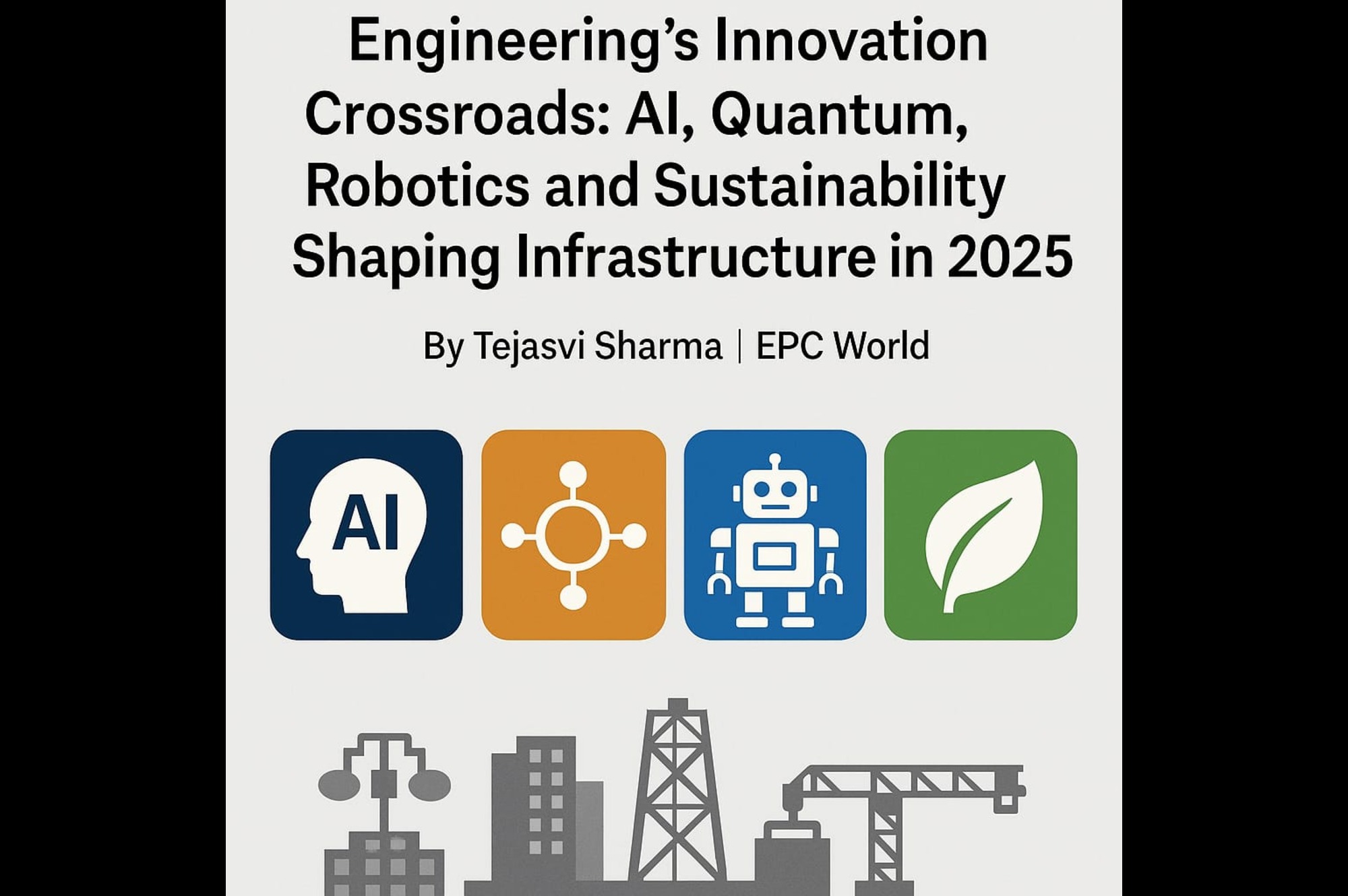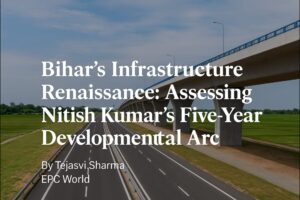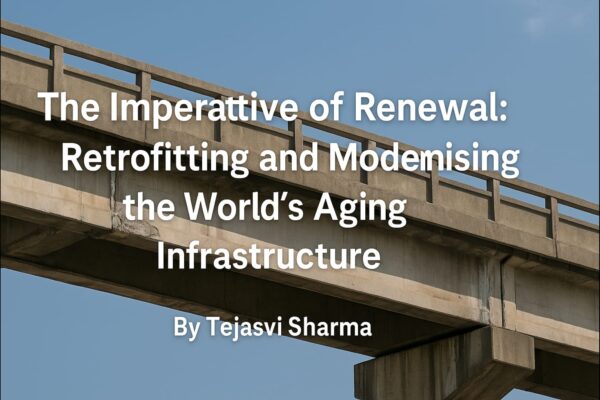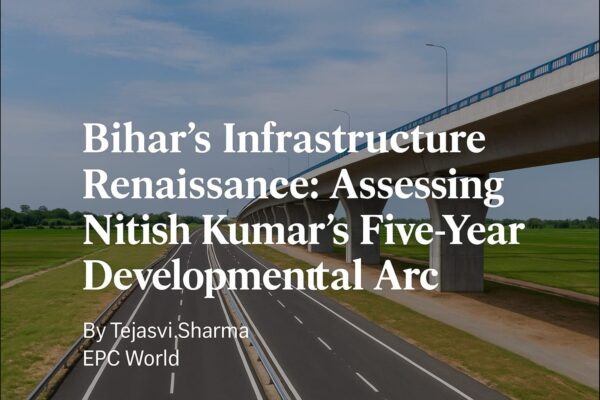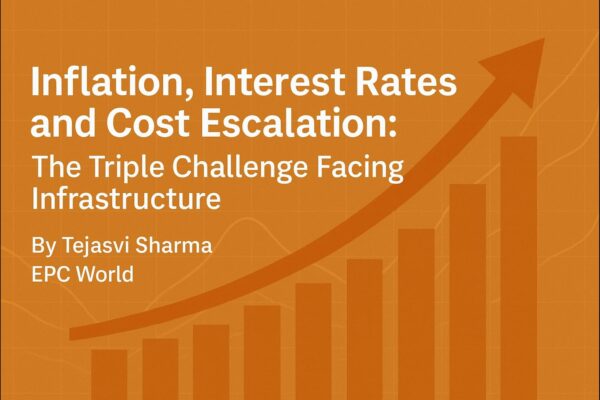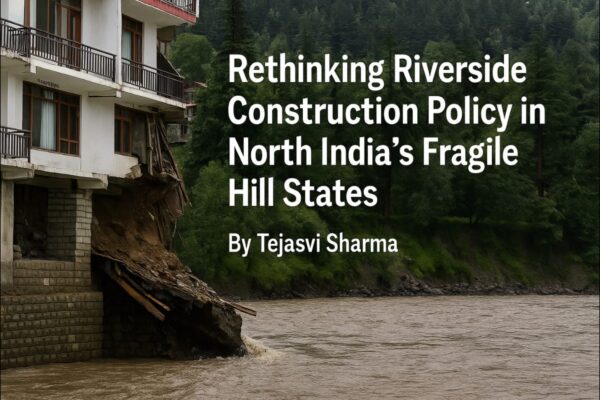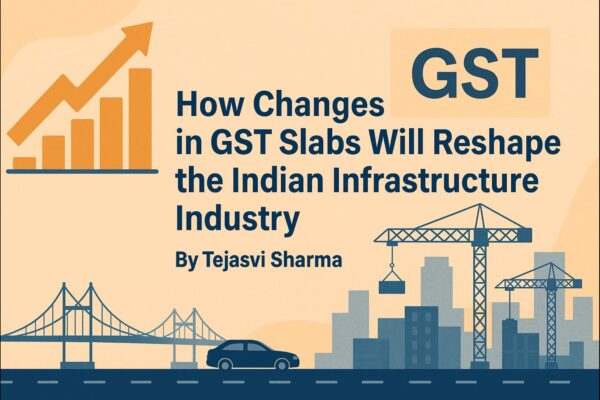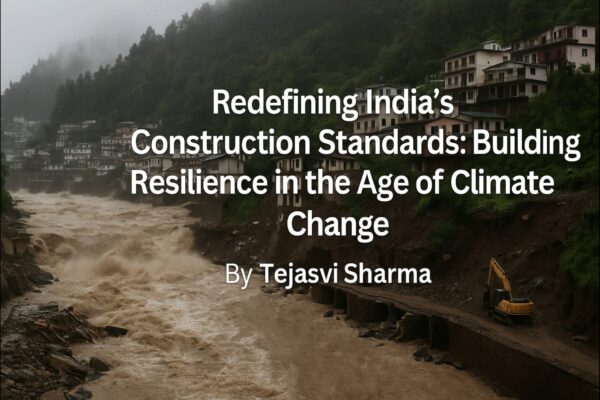Engineering’s Innovation Crossroads: AI, Quantum, Robotics and Sustainability Shaping Infrastructure in 2025
by Tejasvi Sharma, Editor-in-Chief, EPC World
In 2025, the global infrastructure sector stands at the threshold of its most transformative decade yet. The once linear discipline of engineering—traditionally defined by concrete, steel, and construction blueprints—is now converging with the world’s most advanced technologies: artificial intelligence (AI), quantum computing, robotics, and sustainability-driven design. Together, these forces are reshaping the future of infrastructure development, accelerating project delivery, enhancing resilience, and embedding environmental consciousness at every stage of the construction lifecycle. This “innovation crossroads” is not a futuristic vision but a reality unfolding across engineering consultancies, project management offices, and mega-project sites worldwide.
Artificial Intelligence: From Predictive Design to Smart Maintenance
Among all disruptive technologies, AI in infrastructure engineering has emerged as the most influential driver of change. Machine learning algorithms now parse terabytes of design data, optimizing bridge design, tunnel alignment, and smart city planning with unprecedented precision. AI-driven generative design platforms enable engineers to model hundreds of potential layouts in seconds, selecting options that minimize cost, environmental footprint, and safety risks.
Beyond the drawing board, predictive maintenance powered by AI sensors is reducing lifecycle costs of highways, metros, and water treatment plants. Real-time analytics can flag micro-cracks in concrete, detect stress variations in steel girders, and predict failure points months before they become hazardous. This shift represents a profound change: infrastructure is no longer passively built and then repaired, but actively self-monitored and dynamically managed.
Quantum Computing: Engineering Beyond Complexity
The integration of quantum computing into infrastructure modeling marks another leap forward. Traditional computing struggles with the sheer complexity of mega-project simulations—think of tunneling beneath dense urban grids or planning multimodal transport systems that synchronize millions of passengers daily. Quantum algorithms, however, can process billions of variables simultaneously, delivering optimization models that were once computationally impossible.
For infrastructure planners, this translates into the ability to design more resilient transportation networks, accurately forecast environmental impacts, and optimize material usage at levels of efficiency the industry has never achieved. Early pilot projects in Europe and Asia have already demonstrated quantum-enhanced simulations that cut project timelines by 20–30%. In coming years, as quantum infrastructure becomes commercially scalable, the competitive advantage will rest with engineering firms capable of merging traditional expertise with quantum-powered insights.
Robotics and Automation: Redefining Construction Sites
Construction sites, long characterized by manual labor and heavy machinery, are entering an era of robotics-enabled efficiency. Autonomous drones now survey sites with centimeter-level accuracy, slashing survey costs and timelines. Robotics arms handle repetitive and hazardous tasks—from 3D-printing housing units to welding in confined bridge structures—improving both productivity and worker safety.
In tunneling and pipeline projects, robotic crawlers equipped with AI vision are inspecting interiors and carrying out micro-repairs that human workers could never attempt safely. Meanwhile, modular robotics systems are expediting assembly of precast elements, enabling rapid deployment of affordable housing and resilient urban infrastructure. Far from replacing human workers, robotics is augmenting them, ensuring precision and enabling engineers to focus on higher-order problem-solving rather than dangerous manual tasks.
Sustainability as the Central Axis
Perhaps the most critical trend defining engineering’s innovation crossroads is the embedding of sustainability into infrastructure DNA. Climate change, regulatory pressure, and public demand are compelling project developers to align with low-carbon construction, circular economy models, and renewable energy integration. AI and robotics are amplifying these goals by reducing material wastage, while quantum computing is enhancing energy-efficiency modeling.
Green infrastructure is no longer limited to solar panels or LEED certifications—it now encompasses net-zero transport corridors, smart water systems, climate-resilient coastal defenses, and carbon-neutral data centers. Engineering firms that once measured success in terms of structural stability and cost efficiency must now balance profitability with environmental stewardship and social equity. This is not optional; it is the new standard for competitiveness in global tenders and PPP projects.
Synergy at the Crossroads
The power of this transformation lies not in each technology operating in isolation but in their synergistic convergence. Imagine an urban metro project: AI designs the optimal alignment, quantum computing simulates passenger flows, robotics executes precision tunneling, and sustainability frameworks ensure the project is energy-efficient and resilient to future climate shocks. What emerges is not merely infrastructure, but living systems of connectivity, powered by technology and grounded in sustainability.
This synergy also extends to financing and policy. Smart infrastructure bonds and green financing mechanisms are increasingly tied to measurable outcomes like reduced carbon emissions or AI-enabled efficiency benchmarks. Governments across Asia, Europe, and North America are incentivizing adoption, ensuring that engineering’s innovation crossroads becomes a mainstream reality rather than a niche experiment.
Implications for the Future of Infrastructure
The convergence of AI, quantum computing, robotics, and sustainability signals a paradigm shift in how the global EPC (Engineering, Procurement, and Construction) industry will operate in the next decade. For infrastructure developers, the challenge lies not only in adopting these technologies but also in upskilling talent, forging cross-disciplinary partnerships, and navigating regulatory landscapes that are still catching up with innovation.
By 2030, the world may look back at 2025 as the year the engineering industry redefined itself—not as a sector bound by cement and steel, but as an intelligent, adaptive ecosystem driving urban resilience, climate readiness, and digital prosperity. Those who embrace this innovation crossroads today will be tomorrow’s leaders in the trillion-dollar global infrastructure marketplace.
Conclusion
At its heart, engineering has always been about solving human problems. What distinguishes this era is the scale, speed, and sustainability of solutions enabled by converging technologies. From skyscrapers that self-regulate their energy use to highways that heal themselves, the blueprint for tomorrow’s infrastructure is already being drafted today.
For policymakers, engineers, and investors alike, the message is clear: the future of infrastructure will be won at the intersection of technology, sustainability, and vision. And at this innovation crossroads, the possibilities are boundless.
Tags

